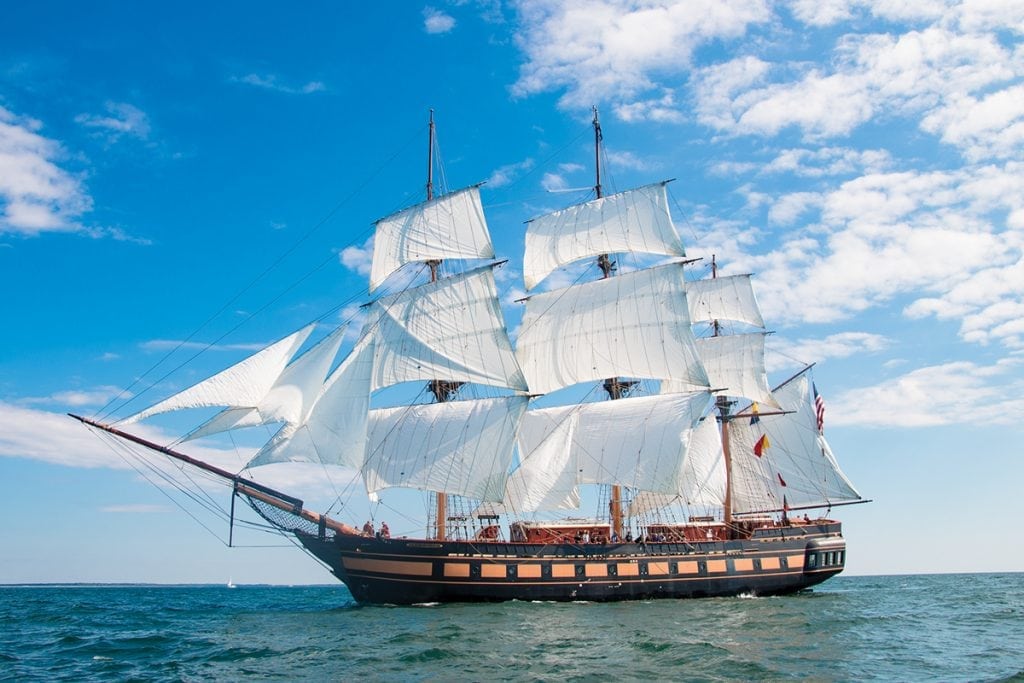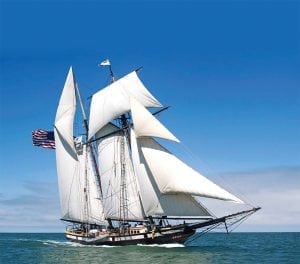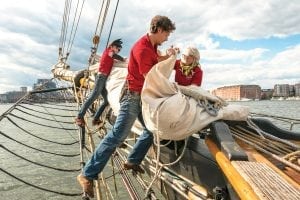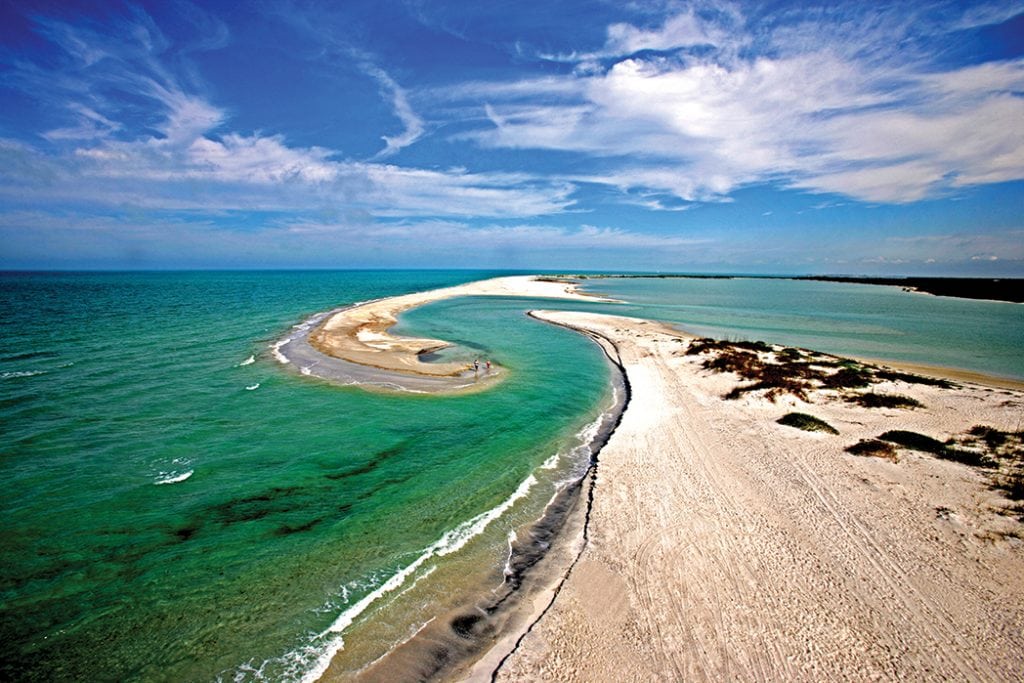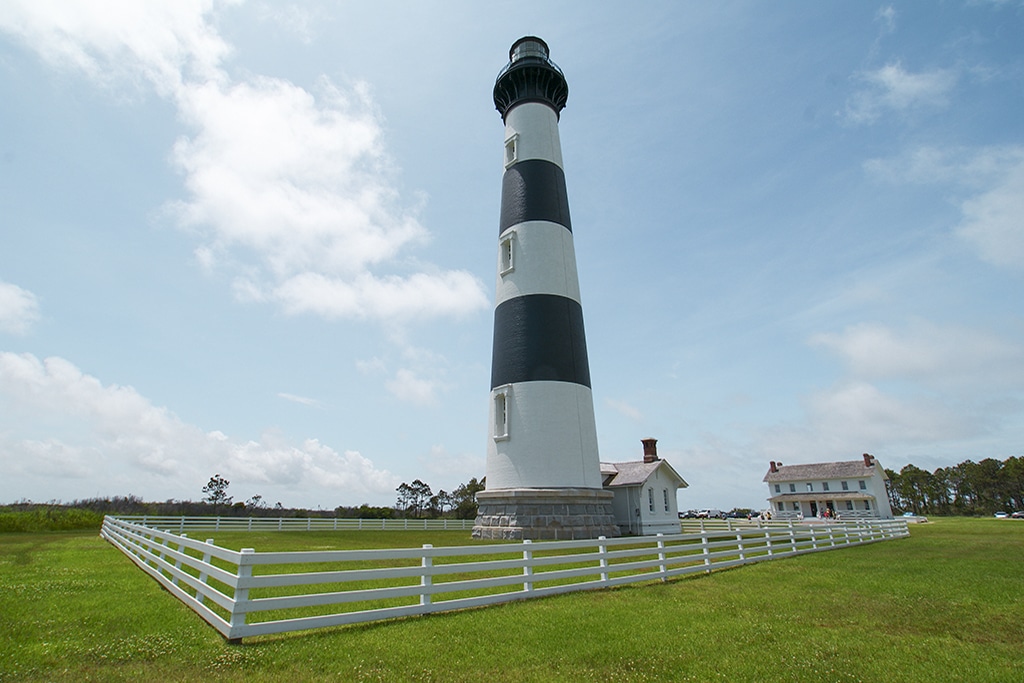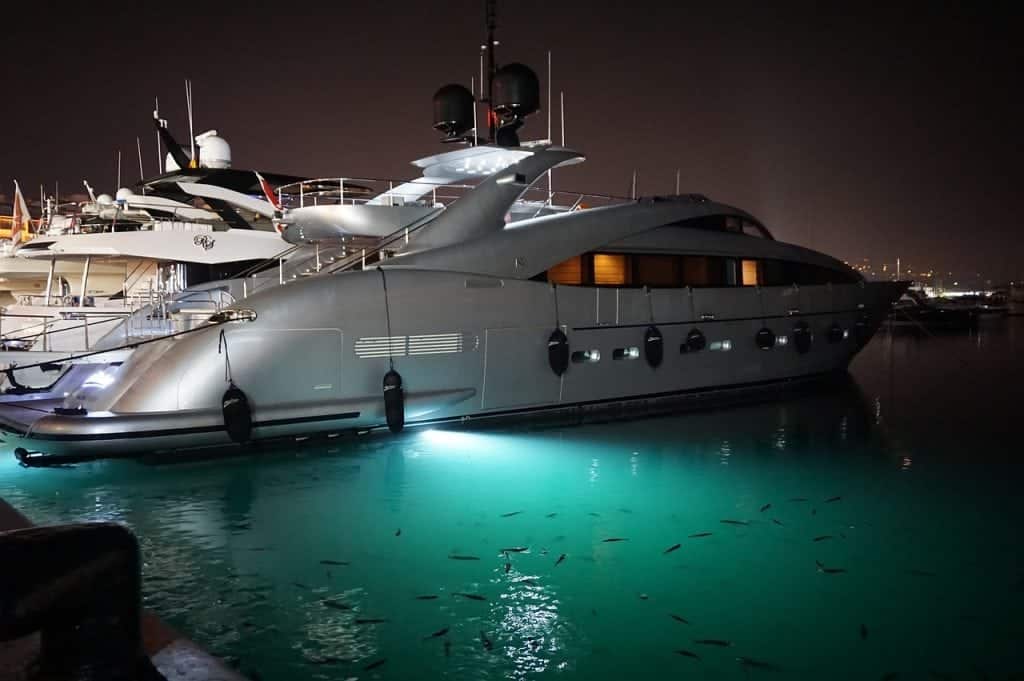Big, beautiful and majestic, there’s far more to Tall Ships than meets the eye.
I know exactly when I first fell in love with tall ships. It was 1976, and I was taking a break from my summer job as a clammer on Long Island, New York’s Great South Bay. With a bushel of little necks already racked, I was off to a great start that morning so I took an early lunch. Pulling up onto the shore of Fire Island, I cut through the dunes and sat down just beyond the reach of a gentle surf.
That’s when I saw them: tiny dots growing steadily on the southern horizon. Within minutes, three tall ships were in full view, the lead volley for Operation Sail 1976, and celebration of the American Bicentennial. They were en route to New York Harbor for what was to be the largest assemblage of tall ships since the Battle of Navarino in 1827. In that Mediterranean encounter on the Ionian Sea, Allied forces from Britain, France and Russia defeated Ottoman and Egyptian forces trying to suppress the Greek war of independence. It was to be the last major naval battle fought entirely with sailing ships.
I was mesmerized, having never seen such magnificence upon the water and having no idea about Operation Sail until seeing news clips of it on television the next evening. I watched the ships continue to head directly toward my position until about two miles off the beach, where they veered to port and paralleled the coast heading west. Sails fully expanded despite nothing more than a wisp of tailwind, I imagined them to be the Niña, Pinta and Santa Maria discovering the New World and marveled at their strength and steady progress even while wondering how they could have safely traversed such an enormous and treacherous expanse as the open Atlantic.
“You’re not alone if you are fascinated by traditional ships,” says Capt. Jan Miles, long-time skipper of the tall ship Pride of Baltimore, a regal Baltimore Clipper, circa 1812 war privateer. “Not only do people love these vessels, they are drawn to them, and it’s not just for the history. Today’s fleet offers the opportunity to learn life lessons while out on the water and to challenge yourself in unconventional ways. They serve as floating learning centers and teach us about the awesome power of nature, teamwork and clarity in communication.”
The Heights of History
Obviously, the place of these majestic vessels from a historical perspective is hard to deny. Over the centuries they have been used for exploration, exploitation, trade, war, and transportation. For more than 400 years they expanded the world through transoceanic voyages, served as an expression of military might and colonial aggression, ferried supplies, transported slaves, and sheltered pirates. The tall ships were modified in shape and form as craftsmen, architects and artisans stretched their knowledge of navigation, engineering, woodworking, and other technical crafts in a never-ending quest to go faster, build bigger and push further.
As the world gravitated from wind- to steam- and gas-powered vessels for even more speed, range and carrying capacity, many tall ships were recycled as fishing boats, especially in the waters off Alaska where they hauled salmon by millions of pounds per year. Today, they serve not only as a reminder of a proud and sometimes checkered past but as relevant, modern-day mechanisms for learning and growing on a personal level.
“One of the best aspects of tall ships in the modern world is that almost anyone can come aboard and participate if they really want to give it a try,” says Jessica Wurzbacher, Executive Director of Oliver Hazard Perry, a 200-foot, three-masted, full-rigged (square-sail) ship commissioned in 2016. Historical looking above decks, this vessel has a steel hull and a modern below-decks space that includes air conditioning, hot showers, a full classroom, and even a library. “Everyone who comes aboard our ship has to work together as part of our crew; we don’t carry any passengers. With an exciting upcoming sailing schedule, it’s possible to depart from a port near home if you live within a reasonable drive from the coast.”
For students, explains Wurzbacher, the educational aspects are especially attractive. Sailing on a tall ship affords unique ways to learn outside of traditional classroom settings and is far more hands-on. Still, it’s the sense of community that is often most rewarding on these voyages.
“Once you leave port, it isn’t long before the ship is miles away from land,” says Wurzbacher, “and it’s the accomplishment of what you can all do together that makes
things click. Just the feeling of being sufficient as a team in your own little bubble on the ocean is amazingly gratifying. You have to make do with what’s on board and everyone pulls together for a common goal. It’s a tremendous experience.”
Former Capt. Donald Peacock and his son, the current Capt. Alex Peacock have each skippered the very near interpretation of the 1812 Baltimore Clipper square sail war privateer, Lynx. Like most modern-day, tall ship operations, this vessel seems to be always on the move. Sporting a very sharp hull with appealing sheer
lines, fairly low freeboard and raked-back masts, she has sailed from the Canadian Maritime to Cuba, through the Panama Canal, on the Great Lakes, to Ha and spent 9 years on an education mission along the West Coast—all this in just 16 short years. With square sails, she is more strenuous to maneuver than a simple schooner, but the challenge of keeping her on point and at speed adds extra sweetness to each passage.
“Wherever we put into port,” points out the elder skipper, “we offer free deck tours to expose the traditional rigging and appeal of these ships to people and impress that much of what was relevant then remains relevant now. The Egan Maritime Institute of Nantucket and the Lynx Educational Foundation collaborate in creating a maritime educational experience for anyone, but especially kids in middle school grades. To support our educational mission, we incorporate revenue day sails, charters, corporate work, television, and movie work into our yearly schedule.”
Sailors Forever? Maybe Not
Interestingly, neither Miles, Wurzbacher or Peacock aim to make sailors out of anyone who steps aboard. Instead, they hope to separate both kids and adults from their electronic devices and induce everyone to focus on personal growth and self-awareness. “Far more important than learning about the wind or navigation,” states Peacock definitively, “is understanding teamwork, responsibility and simple chain of command. Everything we do on these boats is hands-on. From learning about a day in the life of a sailor to firing the guns, the focus is always on education and promoting personal development. From there, if someone truly finds a connection to the sea, they’ll know it through osmosis.”
Of course, if you just want to get a little closer to a tall ship or perhaps enjoy a simple tour, catch them at a variety of tall ship events, seafaring festivals and maritime gatherings held at deep-water seaports along the coast. To crew, you’ll need to dig a little deeper and contact the ship’s operations station. Check below for specific information regarding 2018 tall ship events, the Tall Ship Challenge, and sailing schedules/tours/services for individual vessels.
“If you have any interest in crewing or joining a voyage,” advises Wurzbacher, “make your plans as soon as possible because spaces are limited on most ships and they do fill quickly. Once you sign up, however, you’ll be well rewarded for the effort. No matter the length of the program, you’re sure to come away with more salt in your blood, even if you are already a serious boater.”
Find your own Adventure
If you want to take a deck tour, enjoy a cruise or even crew aboard a tall ship, there’s a good chance one will be visiting a deep-water port in your area. Seafaring festivals are a logical place to track down these vessels, and an Internet search will easily put the information at your fingertips. Licenses or special coursework are not required to volunteer on Tall Ships. Additionally, many tall ships have education outreach programs and set up private charters for corporate or organization excursions. Those who sign up to crew can expect to mentor students in the realities of life aboard a tall ship: setting and striking sails, maintaining the vessel, standing watch, navigating, performing safety drills, etc.
Tall Ships
Elissa: 409-763-1877 • galveston.com/texasseaportmuseum
Home Port: Galveston, TX
Lynx: 978-479-2197 • tallshiplynx.com
Summer: New Market, NH • Winter: St. Petersburg, FL
Oliver Hazard Perry: 401-841-0080 • ohpri.org
Summer: New England and Canadian Maritimes
Winter: Caribbean, Cuba, Southern USA
Pride of Baltimore: 410-539-1151 • pride2.org
Home Port: Baltimore, MD
When and If: 305-697-1024 • sailwhenandif.com
Winter: Key West, FL • Summer: usually touring
2018 Tall Ship Events
Tall Ships® New Orleans 2018: April 19-22
Six tall ships along the NOLA Mississippi Riverfront
tallshipsnola2018.com
Tall Ships Challenge Gulf Coast 2018
Gulf Coast and additional locations
tallshipsamerica.org
By Tom Schlichter, Southern Boating February 2018


